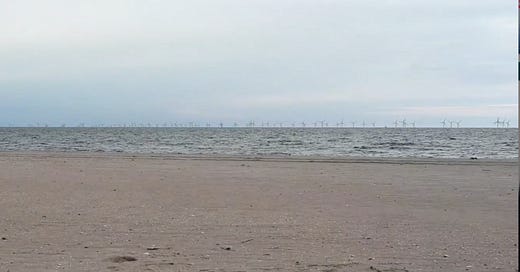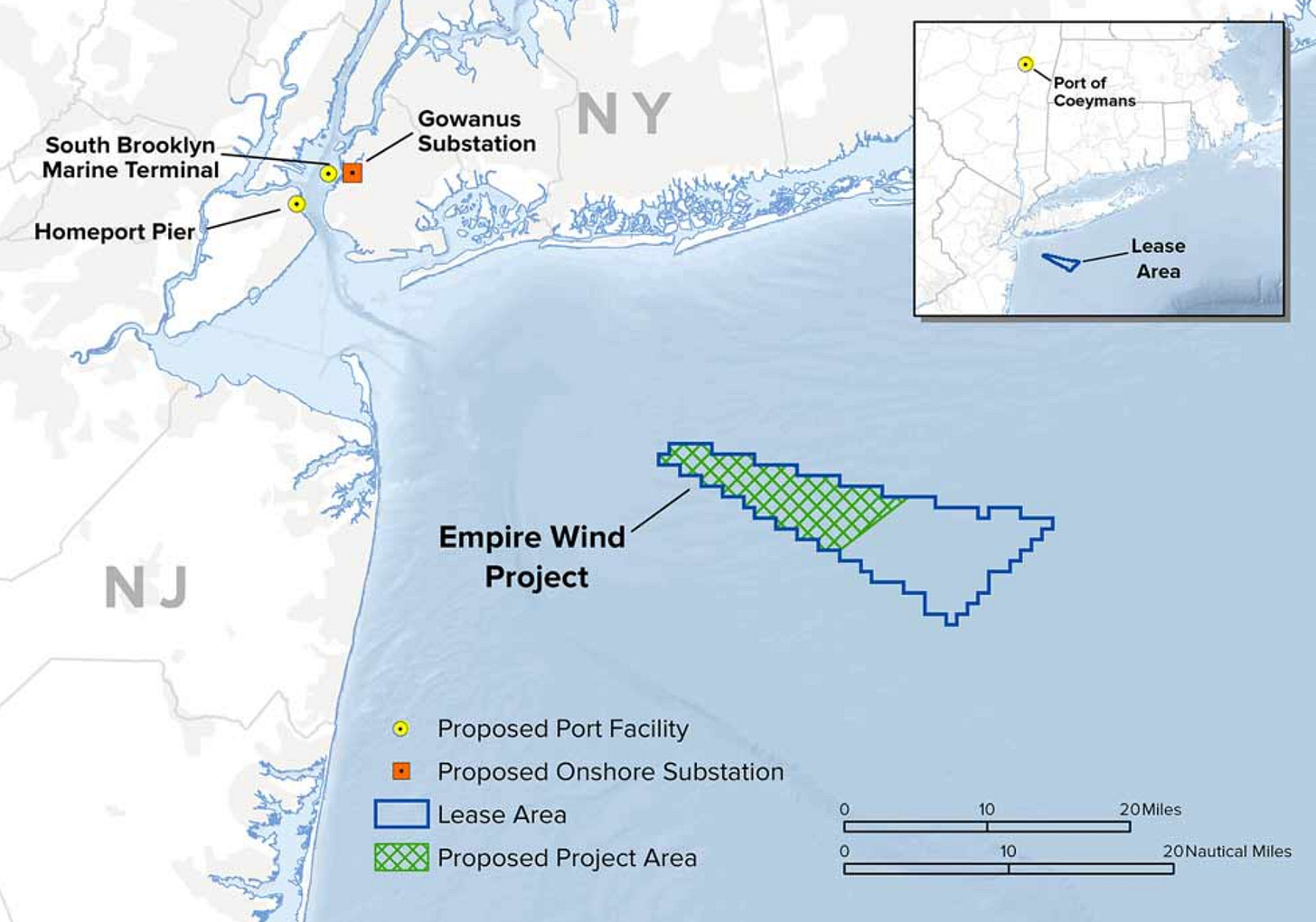‘A Significant Event’ Deals an Additional Blow to Atlantic Shores Offshore Wind, Even While Another Project off the Jersey Coast Gets Ready to Begin Construction
Atlantic Shores may be down and likely out, but Empire Wind, is planning to start monopile driving in the Atlantic off New York and New Jersey on May 1.

In a stunning reversal, the last authorization awarded to the Atlantic Shores offshore wind project, a Clean Air Act permit issued last September by an Environmental Protection Agency regional office, has been remanded – that is, sent back to the EPA for additional review.
Last October, the organization Save LBI filed a petition asking for just that, stating that the air quality modeling and other details required to issue the permit were done improperly.
“This is a significant event,” Save LBI President Bob Stern said in a public statement, “because to my knowledge it is the first time that a federal approval for any offshore wind project has been overturned, and it highlights the lack of full disclosure and questionable science and mathematics that has characterized other applications and approvals.”
This now-rejected approval represented the last one of ten required for the Atlantic Shores South project to be fully permitted, which it no longer is.
In an Oct. 2024 press release issued shortly after the now-defunct Clean Air Act permit was given the green light, the EPA stated it would apply to both the Atlantic Shores North and South projects. If allowed to go forward, that would have resulted in up to 200 enormous offshore turbines spanning the coast from Barnegat Light on Long Beach Island to Atlantic City.
Atlantic Shores had a lot to say to the EPA about its permit being snatched back, namely that the agency didn’t show “good cause,” that the Presidential Memorandum in question “calls for assessment of impacts” outside of the EPA’s “air permitting decision(s),” and that the terms of its lease were being violated.
In response, Environmental Appeals Judge Mary Kay Lynch, in her March 14 order, basically said, in essence, that the offshore wind company didn’t know what it was talking about.
The rush to develop U.S. offshore wind, which not long ago was referred to in federal documents as being “government-sanctioned demands,” has had a remarkable turnaround headed up by what one pro-wind publication calls the “Trumpian Chill.”
While it’s unlikely that the “chill” cast upon offshore wind will dissipate during the next four years, there are still numerous “valid” leases held by mostly foreign companies covering vast expanses of the Atlantic.
As Stern stated, “…to discourage the possible return of this project or a similar one to the lease area, which the company still holds, we have continued our litigation effort as well as making direct appeals to the federal agencies to overturn prior approvals of the project, which we believe contained many flaws.”
But where offshore wind turbines are concerned, there’s more trouble on the horizon that opponents of this environmentally destructive technology must still effectively counter — with no time to spare.
Like a poison arrow pointing directly at Sandy Hook, New Jersey is Empire Wind 1. The project, located in an offshore area called the New York Bight, is situated around 15 miles south of Long Island, N.Y. off the coasts of New Jersey and New York.
Empire Wind 1, currently owned entirely by the Norwegian company Equinor, is slated to begin pile-driving at the beginning of May to install 54 mammoth offshore turbines. According to Protect Our Coast NJ, 18 construction vessels will also be on site.
And while the beleaguered Atlantic Shores project had not yet begun any construction efforts, either onshore or offshore, there are currently four major East Coast wind areas that have. These are:
Coastal Virginia Offshore Wind off Virginia Beach, which just completed the installation of the first of three offshore substations;
Vineyard Wind 1, located south of Martha’s Vineyard and Nantucket, Mass.;
Revolution Wind, southeast of Point Judith, Rhode Island, and
Sunrise Wind, which covers 86 thousand acres of seabed stretching from 30 miles east of Montauk, N.Y. to 19 miles south of Martha’s Vineyard.
As the full impact of President Trump's January Executive Order continues to reveal itself, there’s never been a more opportune time for legal actions to effectively stop the construction of these “green” sea monsters in the making. But how to halt projects already being pounded in the seabed is still a wild card.





